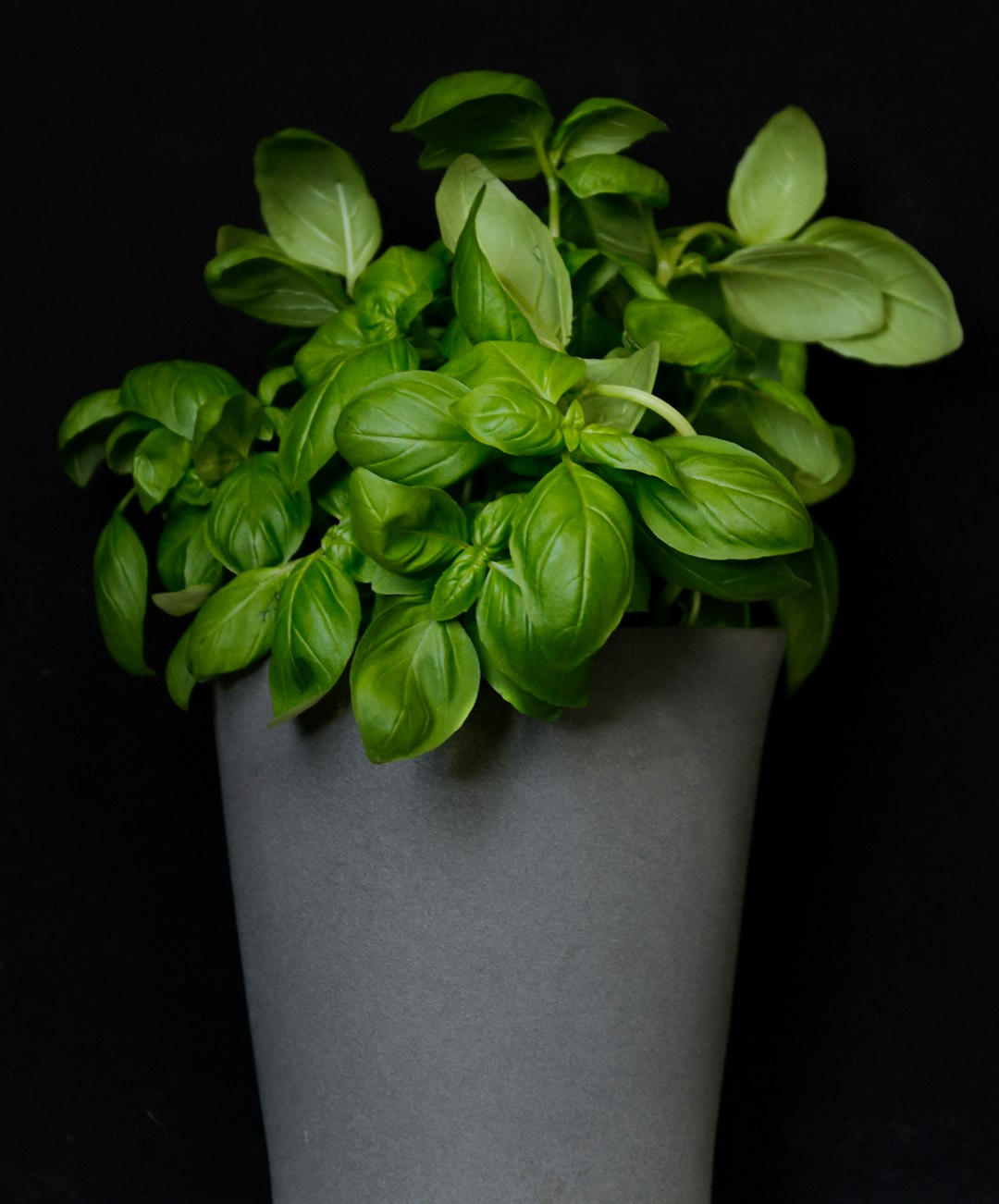Unveiling the Secrets of Cultivating American Hornbeam

American hornbeam, a native tree celebrated for its captivating fall foliage, is a wonderful addition to any garden. In this guide, we will explore essential tips for growing this magnificent tree, starting with the crucial step of selecting the perfect planting location.
### Selecting the Ideal Planting Location
When it comes to choosing a spot for your American hornbeam, several factors need to be considered. First and foremost, this tree thrives in partial to full shade. While it can tolerate some sun, too much direct sunlight can cause stress and damage to the leaves. Therefore, look for an area in your garden that receives dappled sunlight throughout the day or is shaded by larger trees or structures.
Another important aspect is the soil. American hornbeam prefers moist, well - drained soil. It can adapt to a variety of soil types, including loam, clay, and sandy soil, as long as the drainage is good. Avoid areas that are prone to waterlogging, as this can lead to root rot and other diseases. You can improve the soil quality by adding organic matter such as compost or aged manure before planting. This will enhance the soil's fertility, water - holding capacity, and drainage.
The location should also have enough space for the tree to grow. American hornbeam typically reaches a height of 20 - 30 feet and a spread of 15 - 25 feet at maturity. Make sure there are no overhead power lines, buildings, or other obstacles that could restrict its growth. Additionally, consider the proximity to other plants. Give your American hornbeam enough room to develop its root system and foliage without competing with neighboring plants for resources.
### Planting Your American Hornbeam
Once you have selected the perfect location, it's time to plant your American hornbeam. Start by digging a hole that is two to three times wider than the root ball of the tree and just as deep. Gently remove the tree from its container and loosen the roots if they are tightly bound. Place the tree in the hole, making sure it is straight and the top of the root ball is level with the surrounding soil.
Backfill the hole with the soil you removed, gently tamping it down to eliminate air pockets. Water the tree thoroughly after planting to settle the soil around the roots. Apply a layer of mulch around the base of the tree, keeping it a few inches away from the trunk. Mulch helps to retain moisture, suppress weeds, and regulate soil temperature.
### Watering and Fertilizing
Proper watering is essential for the health of your American hornbeam, especially during the first few years after planting. Water the tree deeply and regularly, especially during dry spells. Aim to keep the soil consistently moist but not waterlogged. As the tree matures, it will become more drought - tolerant, but it still benefits from occasional deep watering during extended periods of dry weather.
Fertilizing your American hornbeam can also promote healthy growth. Apply a balanced, slow - release fertilizer in the spring, following the manufacturer's instructions. Avoid over - fertilizing, as this can lead to excessive growth and make the tree more susceptible to pests and diseases.
### Pruning and Maintenance
Pruning is an important part of maintaining the shape and health of your American hornbeam. Prune the tree in late winter or early spring before new growth begins. Remove any dead, damaged, or diseased branches, as well as any branches that are crossing or rubbing against each other. You can also shape the tree by selectively pruning branches to achieve the desired form.
Keep an eye out for pests and diseases that may affect your American hornbeam. Common pests include aphids, scale insects, and caterpillars. You can control these pests with insecticidal soap or horticultural oil. Diseases such as leaf spot and powdery mildew can be prevented by providing good air circulation around the tree and avoiding overhead watering.
In conclusion, growing American hornbeam can be a rewarding experience. By following these essential tips, from selecting the right planting location to proper watering, fertilizing, pruning, and maintenance, you can enjoy the beauty of this native tree with its colorful fall foliage for years to come.